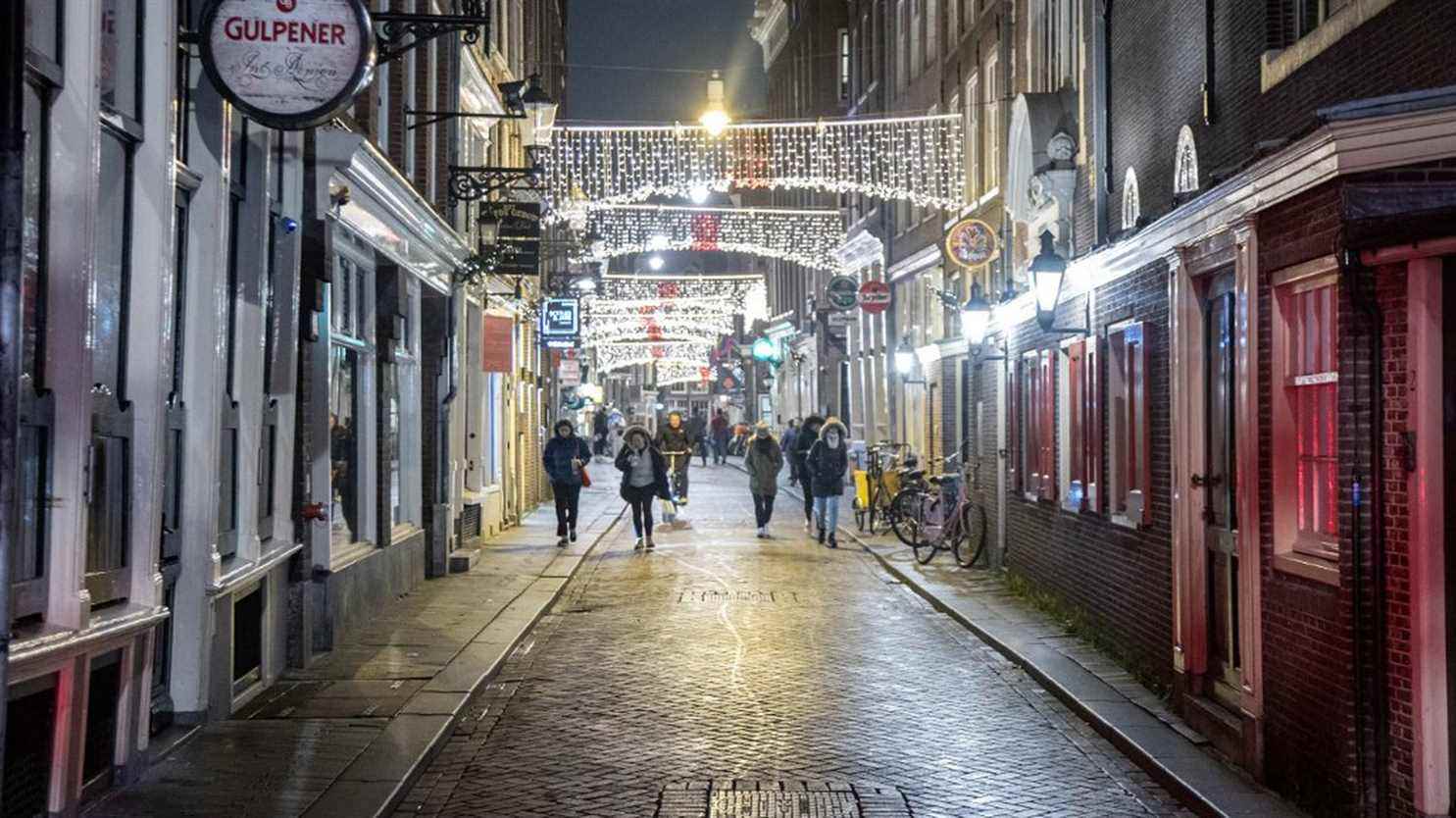The Old Continent is getting back into battle order. Faced with the meteoric growth of the new Omicron variant of Sars-CoV-2, European states are emerging an arsenal of restrictions to stem the progression of the virus. Wearing a mask, confinement, curfew, closures of bars and restaurants are all measures already seen in previous waves, which are back at the end of 2021.
>> Covid-19: follow the evolution of the pandemic in our direct
The objective is the same everywhere: to reverse the curves of new contaminations, which are reaching levels never seen since the start of the pandemic. While in France, the executive, which made announcements on Monday, December 27, still refuses to play the cards of curfew and confinement, Franceinfo takes stock of the situation among our European neighbors.
In the United Kingdom, an explosion of cases
The health situation. Among the first countries affected by the arrival of the Omicron variant in Europe, the British are facing an explosion of contaminations. On December 24, the average of new cases over seven days rose above the symbolic level of 100,000. But it is above all the situation in the hospital that the Prime Minister, Boris Johnson, is monitoring attentively. Two British studies published on December 22 are reassuring. They show a lower risk of hospitalization with the new variant. The authorities still fear strong pressure on hospitals, given the particularly high number of contaminations.
Restrictive measures. In England, Boris Jonhson is procrastinating, while his own conservative camp is firmly opposed to any further restrictions. The Prime Minister has not announced any additional measures in addition to those already in place: recommended teleworking, health pass and obligation to wear a mask in certain places. Scotland, Wales and Northern Ireland did not follow suit. All three nations have taken new measures, such as closing nightclubs and installing gauges for public events.
In Denmark, contaminations never seen
The health situation. The Scandinavian kingdom is overwhelmed by the proliferation of the Omicron variant. In this country of 5.8 million inhabitants, the average number of new cases per day has exceeded the symbolic barrier of 10,000 since December 21. According to the latest readings, published before Christmas, this indicator had reached the record figure of more than 12,000 daily contaminations on average. Before this winter, Denmark had never experienced such a level of Covid-19 circulation. By way of comparison, in December 2020, the peak of contamination had barely exceeded 3,500 new cases per day on average.
Restrictive measures. Faced with this massive wave, Denmark has been increasing restrictions since mid-December. In addition to closing theaters, cinemas and concert halls, the kingdom also requires bars and restaurants to lower the curtain between 11 p.m. and 5 a.m. A health pass is required in most public places. In addition, since Monday, travelers wishing to enter the country must present a negative PCR test, even if they are vaccinated.
In Germany, a downward trend while waiting for Omicron
The health situation. For a long time spared than its neighbors by the different waves that are hitting Europe, Germany was overtaken by the Covid-19 pandemic in November. The epidemic peak was reached on November 28, with an average number of cases per day which approached the symbolic bar of 60,000. Since the beginning of December, the trend has been downward. But the authorities remain particularly vigilant, in a country where only 70% of the population has received a full vaccination schedule. The arrival of the Omicron variant is of particular concern to scientists in the country.
Restrictive measures. Since the beginning of December, negative tests are no longer sufficient to access places open to the public. A new regime, called “2G +”, for “geimpfte” and “genesene” (“vaccinated” or “restored”), regulates access to shops, bars and restaurants as well as cultural and sporting places.
>> A vaccination pass and a negative test: what is the German “2G +” rule?
In addition, as of Tuesday, gatherings are limited to 10 people for the vaccinated and two people for the unvaccinated. Clubs and discos are closed and sports competitions must take place behind closed doors.
The Netherlands, the only country to be reconfined
The health situation. After experiencing an outbreak of contaminations in November, the Netherlands are currently experiencing an equally rapid decline. Every day, an average of 12,000 new cases are currently recorded in the country of nearly 18 million inhabitants, which is almost twice the peak observed at the end of November (nearly 22,000 infections per day).
Sanitary measures. The Netherlands is currently the only reconfigured country in Europe, from December 19 until at least January 14. The country was also one of the first to take strong measures to contain the circulation of the Covid-19. Partial confinement had been decided on November 13. Dutch citizens were then called on not to receive more than four people in their homes and so-called “essential” shops, bars and restaurants were ordered to close before 8 pm.
In Portugal, Omicron takes over
The health situation. Portugal has experienced an explosion in Covid-19 contaminations since the start of the Christmas holidays. In one week, between December 19 and 24, the average number of new cases jumped from more than 4,400 per day, to nearly 7,200. In this country of 10 million inhabitants, where the vaccination rate is one of the highest in the world (almost 90%), Omicron is now dominant. As of December 22, the new variant accounted for more than 60% of positive tests.
Sanitary measures. To contain the circulation of Covid-19, Portugal has adopted a series of new epidemic control measures. Bars and nightclubs are closed, telecommuting is mandatory and negative tests must be presented to attend a show or sporting event.
